Did you know that over 3 million dogs end up in shelters every year in the U.S.?
And the number one reason? First-time owners picking breeds they simply can’t handle.
If you’re considering adopting a dog, choosing the right breed is crucial. Some dogs require advanced training, constant socialization, and a level of patience that beginners often lack.
Here are 10 dog breeds you should never adopt if you’re not experienced with dogs. And number 9? It’s a super popular breed!
1. Akita
When it comes to canine loyalty, the Japanese Akita is legendary.
Just think of Hachiko, the Akita who waited for his owner at a train station for nine years after he passed away.
But this same devotion has a dark side that many first-time owners don’t realize until it’s too late.
Originally bred to hunt bears and fight in combat, Akitas have an insanely strong protective instinct. They can go from a fluffy teddy bear to a full-on security system in seconds if they sense a threat.
And the scariest part? Akitas don’t always give warnings. Unlike other dogs that bark or growl when they’re uncomfortable, Akitas may attack silently if they feel provoked.
Without experience in reading canine body language, most owners won’t see the warning signs until it’s too late.
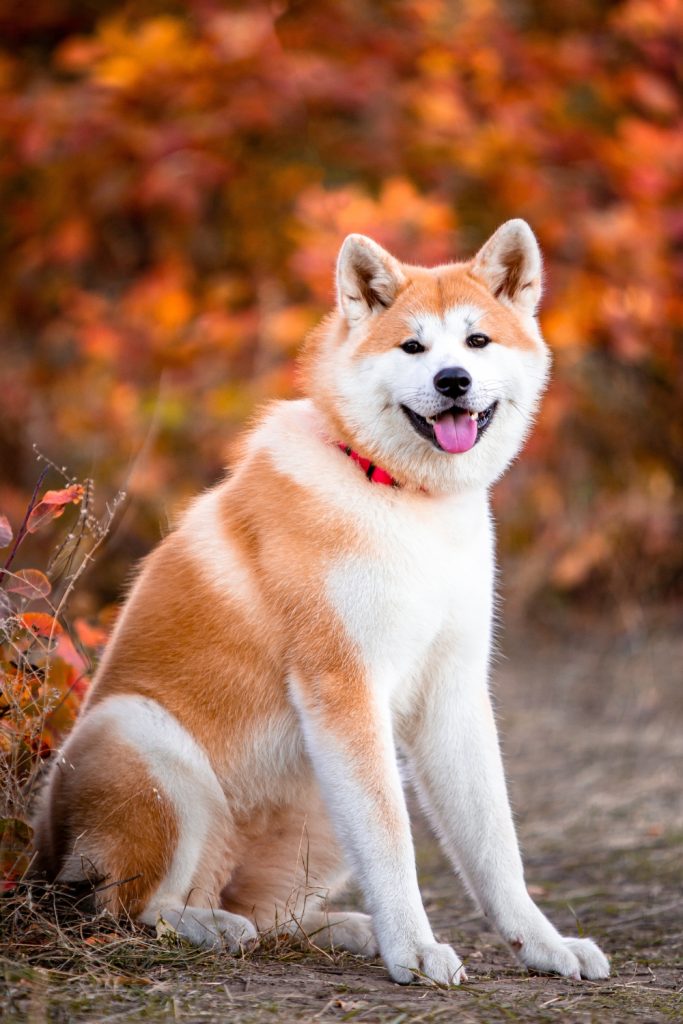
2. Belgian Malinois
If Akitas are silent, Belgian Malinois are the exact opposite. They’ll make sure you know exactly how they feel, and they do it with an intensity most owners can’t handle.
Ever seen a dog scale a 6-foot fence like it’s nothing? Malinois can do that. And that’s just the beginning.
These dogs are like Ferraris on four legs. They need at least two hours of high-intensity exercise every single day. A walk around the block does NOT count.
Without enough activity, their pent-up energy turns into absolute destruction in your home.
Malinois weren’t bred to be family pets. They were designed for military and police work, not for relaxing on the couch.
As one trainer puts it:
“A bored Malinois is like locking an over-caffeinated teenager in the house for months… except this one has razor-sharp teeth and the strength to break down doors.”
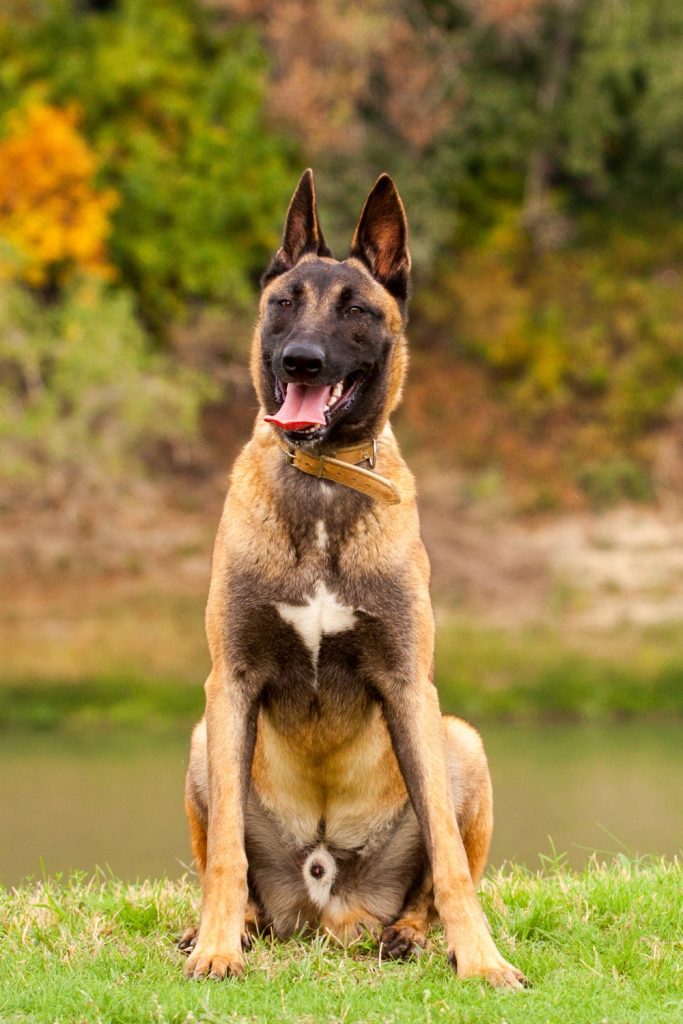
3. Chow Chow
This breed looks like an adorable, fluffy teddy bear, but don’t be fooled.
Behind that blue tongue and irresistible fluff hides one of the most stubborn and independent dog breeds out there.
Ever noticed that distant, unimpressed stare Chow Chows give? That’s not just their vibe, it’s who they are.
While most dogs can learn a command in a few repetitions, a Chow Chow might need 100 tries. Not because they don’t understand, but because they don’t care.
And that gorgeous coat? It’s a full-time job. Daily brushing and professional grooming are non-negotiable.
But if you think grooming is tough, wait until you deal with vet visits. Chow Chows are prone to hip dysplasia, painful eye conditions like entropion, and skin allergies.
They can also be territorial and possessive, making them a challenge in homes with multiple pets or small children.
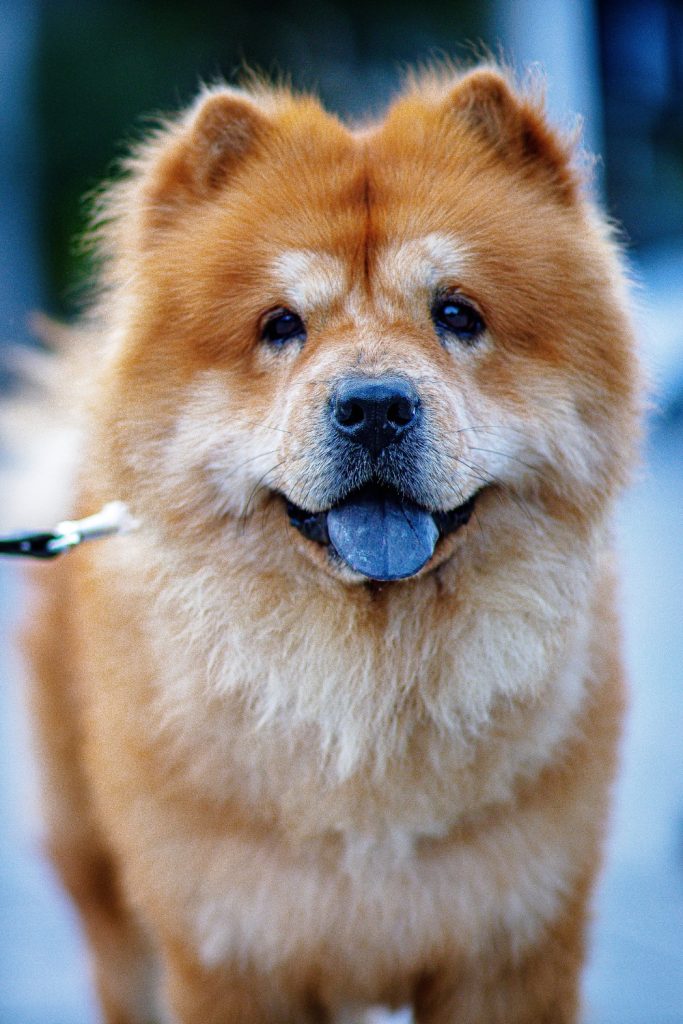
4. Cane Corso
The Cane Corso is a modern-day gladiator, with a lineage dating back to ancient Roman war dogs.
This breed was literally designed to protect and defend, and that instinct is still very much alive today.
Imagine trying to assert authority over a 110-pound wall of muscle that was bred to guard its territory at all costs.
Unlike easygoing breeds, a Cane Corso needs firm leadership from day one. And here’s where many first-time owners fail.
Handling a Cane Corso isn’t just about physical strength. It’s about psychological control.
Socialization is non-negotiable with this breed. Without consistent exposure to different people and environments, their natural territorial instincts can quickly turn into aggression.
A well-trained Cane Corso is an amazing guardian. A poorly trained one? A walking lawsuit.
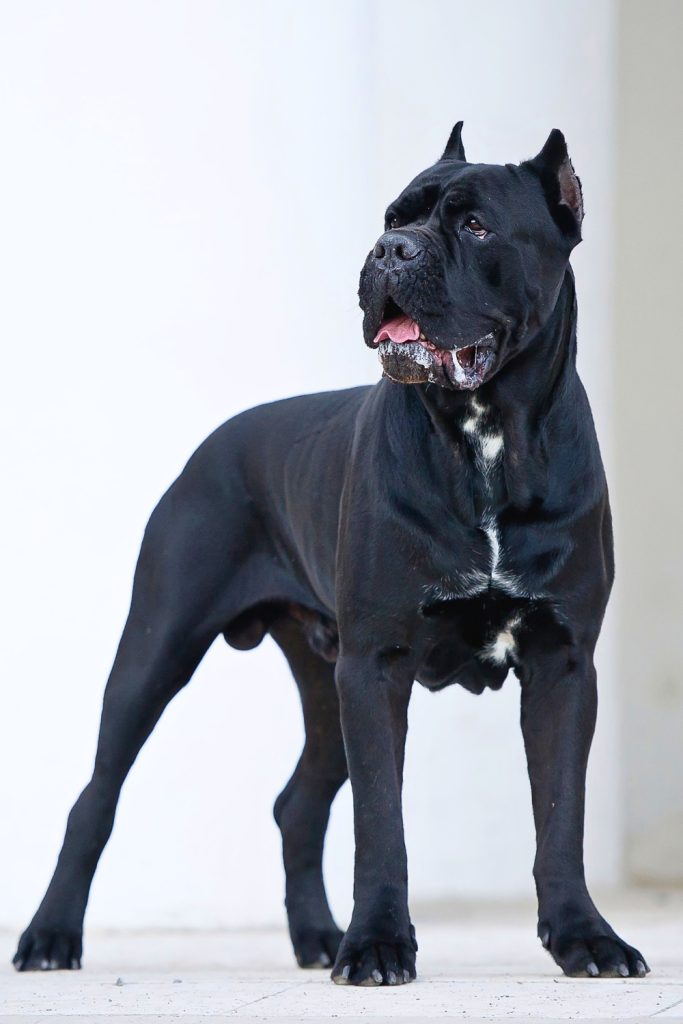
5. Bullmastiff
Socialization is critical for all dogs, but with a 130-pound powerhouse like a Bullmastiff, it’s absolutely essential.
This isn’t just a big dog, it’s a breed developed to hunt down and tackle intruders.
And the scariest part? They were bred to think independently.
Now, picture this. You’re at the park, and your Bullmastiff suddenly decides that a random person 150 feet away is “suspicious.”
Unlike other dogs, they won’t look to you for approval before acting, they just go for it.
Training a teenage Bullmastiff is a challenge. By six months, they already weigh more than most full-grown men.
And let’s talk money. Their sheer size means vet bills, food costs, and potential health issues will drain your bank account faster than you’d expect.
As one experienced breeder puts it:
“A Bullmastiff in the right hands is an incredible dog. In the wrong hands? A complete disaster.”

6. Weimaraner
If you thought the Bullmastiff was demanding, meet the Weimaraner, the ghostly-eyed shadow that never leaves your side.
These dogs don’t just bond with their owners, they cling like their lives depend on it.
Your daily routine will determine whether your house stays intact or becomes a disaster zone. A Weimaraner CANNOT handle being left alone.
When separation anxiety kicks in, your couch, shoes, and doors become casualties of their stress. Some even resort to self-harming due to extreme distress.
The only way to prevent destructive behavior? Keep them busy. Hunting, hiking, obedience training. These aren’t just fun activities for a Weimaraner, they’re essential.
And if that wasn’t challenging enough, their hunting instinct adds another layer of chaos.
Unleashing a Weimaraner in an open space? Good luck. If they spot a rabbit, squirrel, or even a cyclist, they’ll be gone before you can blink.
This instinct can lead to dangerous situations that a first-time owner would struggle to handle.
To raise a well-adjusted Weimaraner, you need to train them for independence early. This means gradually increasing the time they spend alone, because without proper training, you’re in for a wild ride.
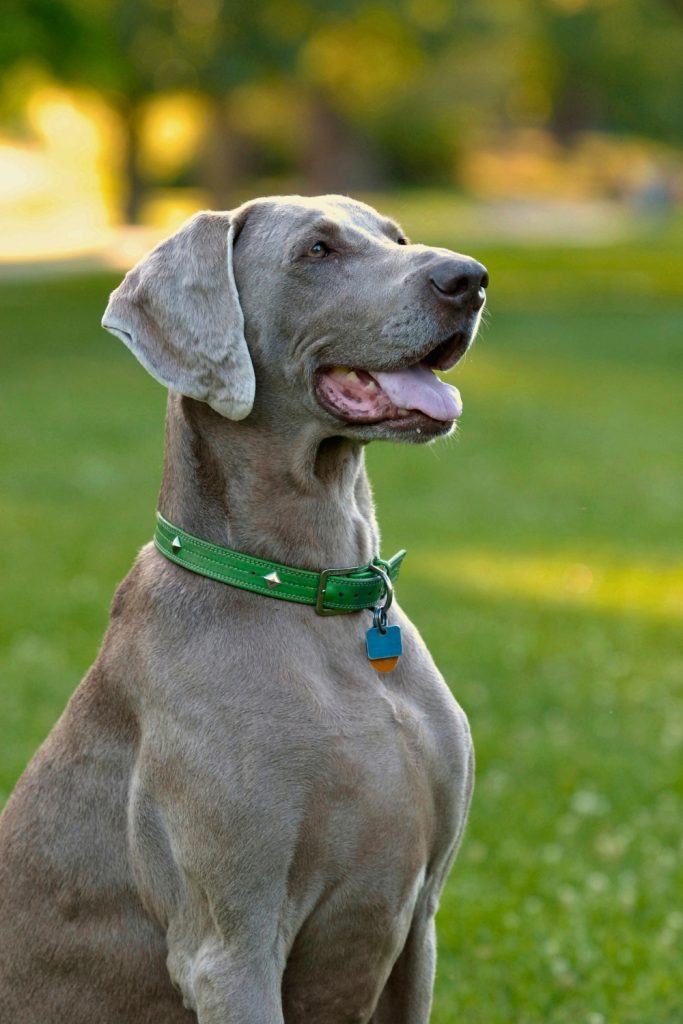
7. Boerboel
Ever imagined living with a dog bred to fight off lions and leopards? Meet the Boerboel, South Africa’s massive and unstoppable guardian dog.
These dogs can weigh up to 200 pounds of pure muscle and raw power.
And it’s not just their strength that makes them intimidating, it’s their mindset.
Unlike other guardian breeds that assess a situation carefully, a Boerboel’s threat threshold is LOW.
This means they might interpret an innocent movement as a potential danger, and their reaction is lightning-fast.
A Boerboel demands firm, consistent leadership. Without it, they’ll take charge.
And when you’re dealing with a dog this size and this powerful, that’s a disaster waiting to happen.
Many inexperienced owners fail to notice the subtle warning signs before a Boerboel takes action.
A stranger walking too close, a visitor making the “wrong” move, and suddenly, you’re in a high-risk situation.
A Boerboel isn’t just a pet, it’s a working dog with a serious job.
If you’re not ready for the responsibility of managing their strength, intelligence, and guarding instincts, this breed is NOT for you.
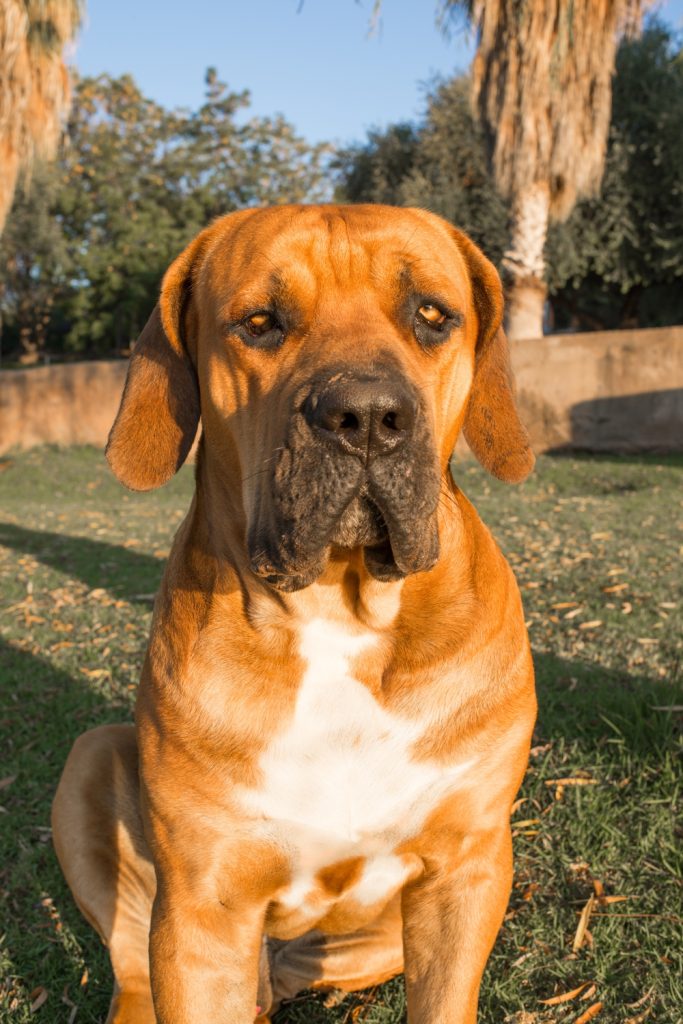
8. Rottweiler
Did you know that Rottweilers are constantly on the top of the list for the most serious dog bites?
Not because they’re inherently aggressive, but because their bite force is INSANE.
A Rottweiler’s bite packs over 300 PSI, strong enough to break human bones.
Combine that with a 130-pound dog bred to guard and protect, and you’ve got a massive responsibility on your hands.
Here’s the real issue.
Rottweilers have a VERY specific socialization window.
Before six months old, they MUST be introduced to a wide range of people, animals, and situations.
Miss that window? You could end up with a highly suspicious, reactive dog that sees every unfamiliar person as a potential threat.
Their protective instincts are natural, but without the right training, they can easily be misunderstood as aggression.
Many first-time owners make the critical mistake of not setting clear boundaries when they’re puppies.
As one behavior specialist puts it:
“A well-bred and well-trained Rottweiler is one of the most balanced dogs out there, but it requires an owner who understands the breed and knows how to guide them correctly from day one.”
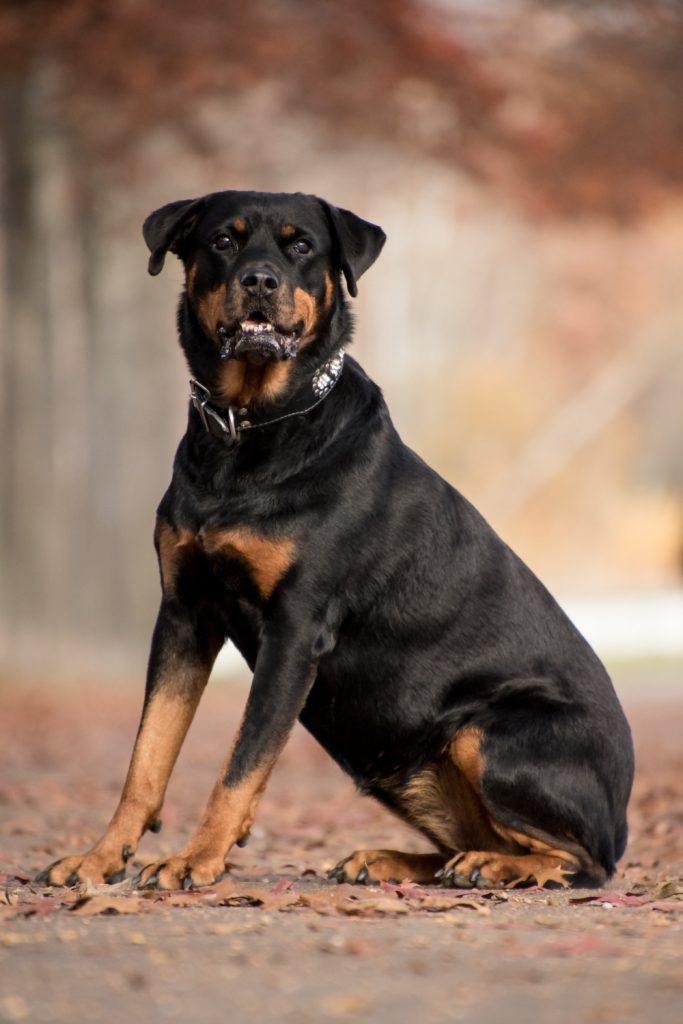
9. Border Collie
While a Rottweiler’s gaze might intimidate you, a Border Collie’s piercing stare hides a brain that processes information at lightning speed.
Sounds great, right? A dog that can learn a new command in less than five repetitions? What could go wrong?
Well, here’s the catch.
That same genius-level intelligence can turn into your worst nightmare if it’s not constantly challenged.
This breed’s herding instinct isn’t just a fun fact. It’s an unstoppable drive that makes them want to control anything that moves.
Imagine your Border Collie trying to herd your kids at the park, nipping at their ankles to steer them in the “right” direction.
Or even worse, blocking cyclists because they seem out of control.
These dogs need a minimum of 1.5 to 2 hours of intense activity every single day.
Not just casual walks, but structured training that fulfills their deep-rooted need to work.
As one dog behaviorist puts it:
“A bored Border Collie will use its intelligence to entertain itself… and I promise, you won’t like its ideas.”
Without puzzle toys, obedience training, or agility exercises, they’ll redirect all that mental energy into destructive solutions.
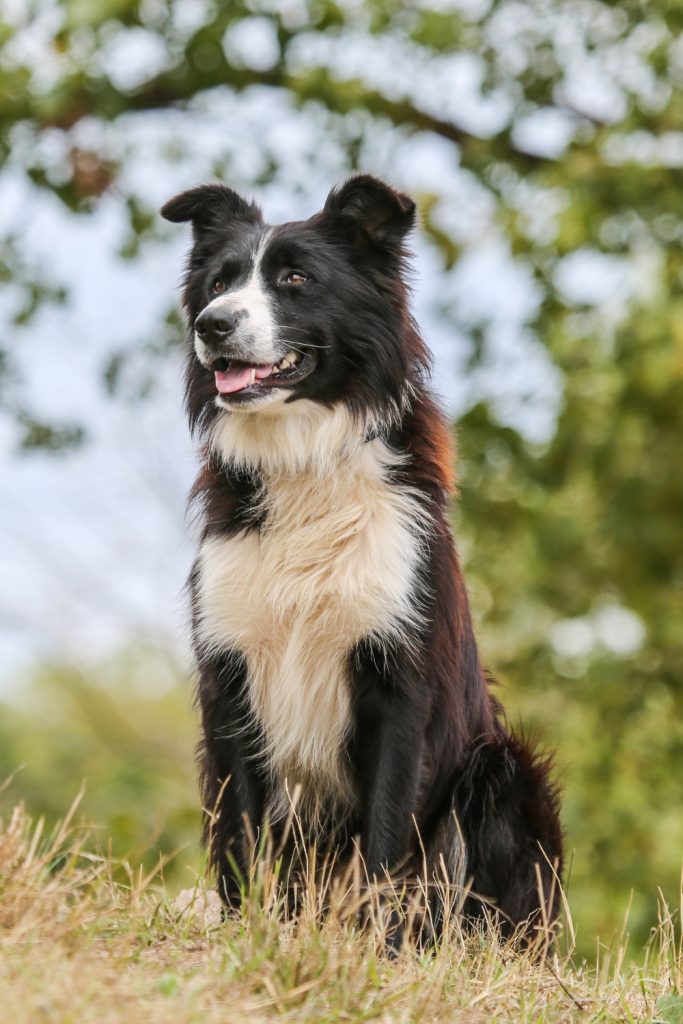
10. Shar-Pei
If you thought a Border Collie’s mental demands were tough, wait until you hear about the physical challenges of owning a Shar-Pei.
Those adorable, wrinkly rolls that make them look like living plush toys? They’re actually breeding grounds for infections and require daily cleaning to keep dry.
Think a good brush will do? Think again. Owning a Shar-Pei is a part-time job as a dog nurse.
And if that weren’t enough, this breed has a unique condition called Shar-Pei Fever.
It’s a painful autoimmune disease that causes high fevers and requires frequent vet visits.
But wait, there’s more.
Their eyes also come with genetic issues. Many Shar-Peis suffer from entropion, a condition where their eyelids fold inward, causing constant irritation and even corneal damage.
Without surgery, they’ll live in chronic discomfort.
In short, the Shar-Pei is a genetic mess.
Their combination of stubborn personality and high-maintenance health can be overwhelming for owners expecting an easygoing companion.
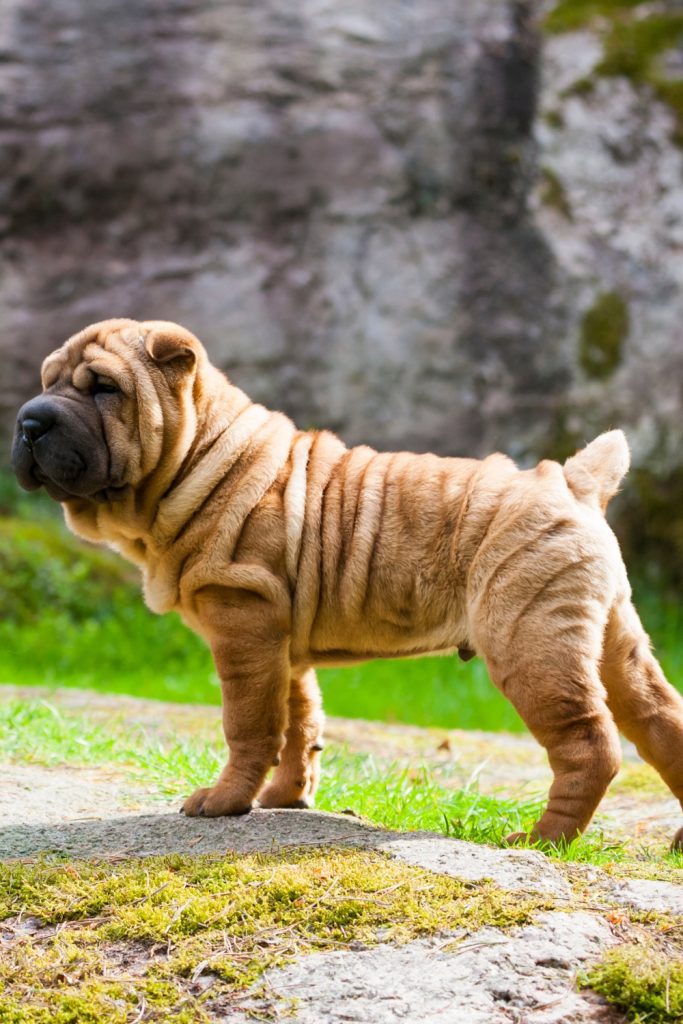
Choosing the right dog breed is one of the most important decisions a pet owner can make. While every dog deserves a loving home, not all breeds are suited for beginners.
Some dogs require advanced training, constant mental stimulation, and a deep understanding of their instincts. Without these, frustration and behavioral issues are almost guaranteed.
Before bringing a dog into your home, research their needs and make sure they fit your lifestyle. A well-matched dog will bring years of happiness, while the wrong choice can lead to stress and serious challenges.
Not all dogs are for everyone, so choose wisely.
